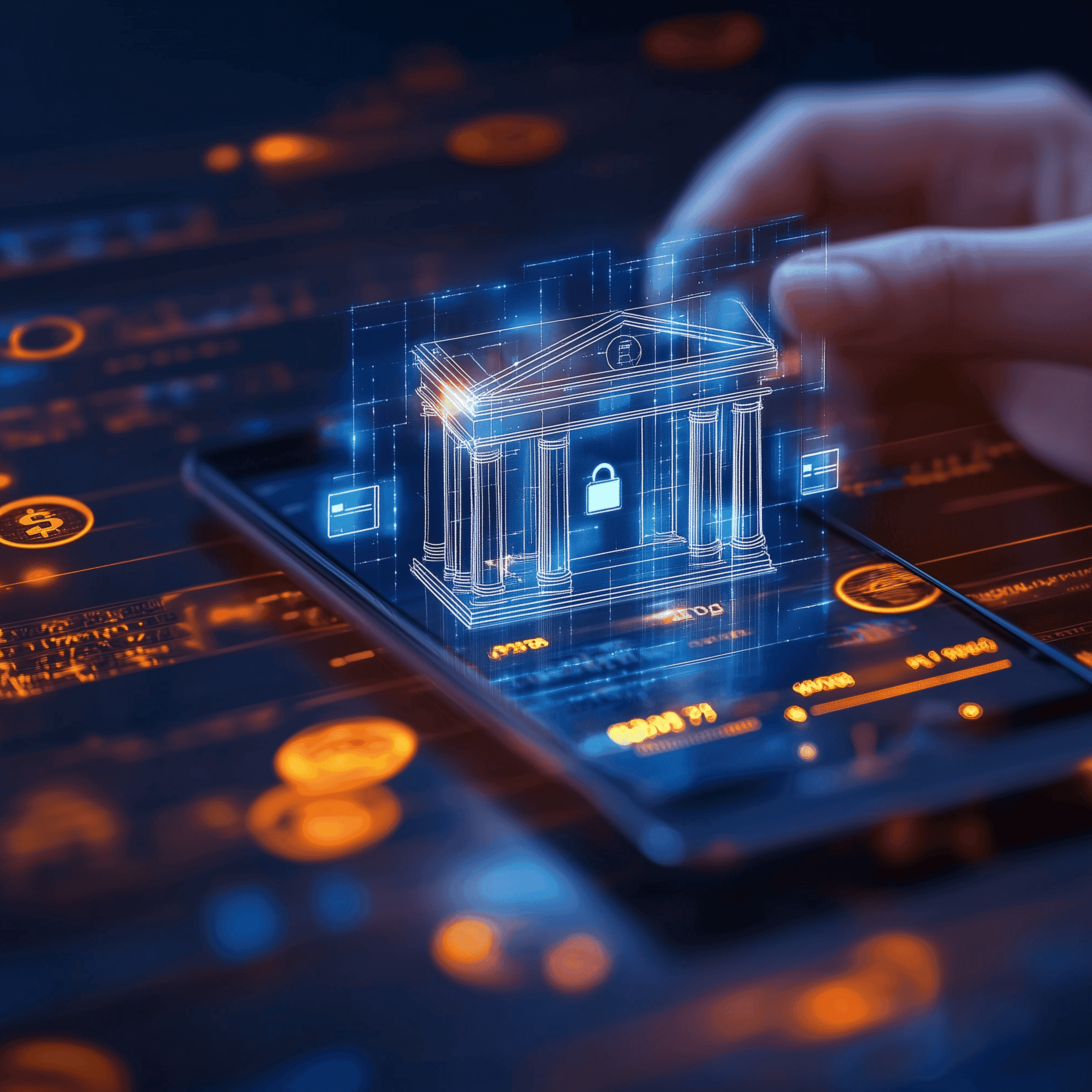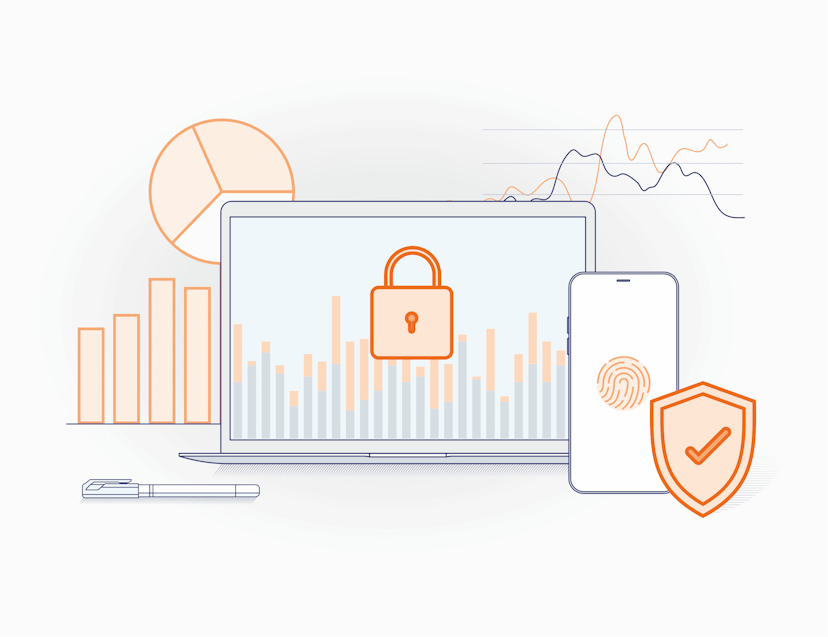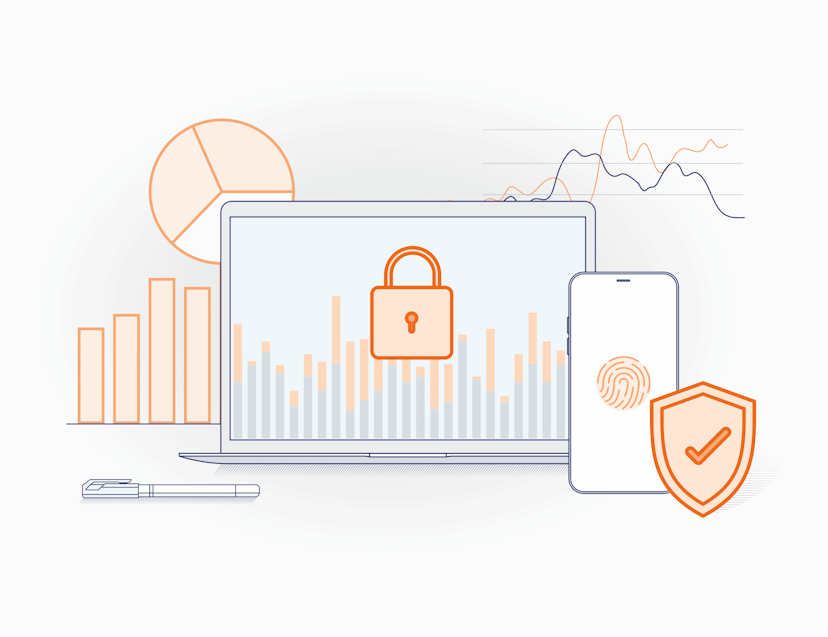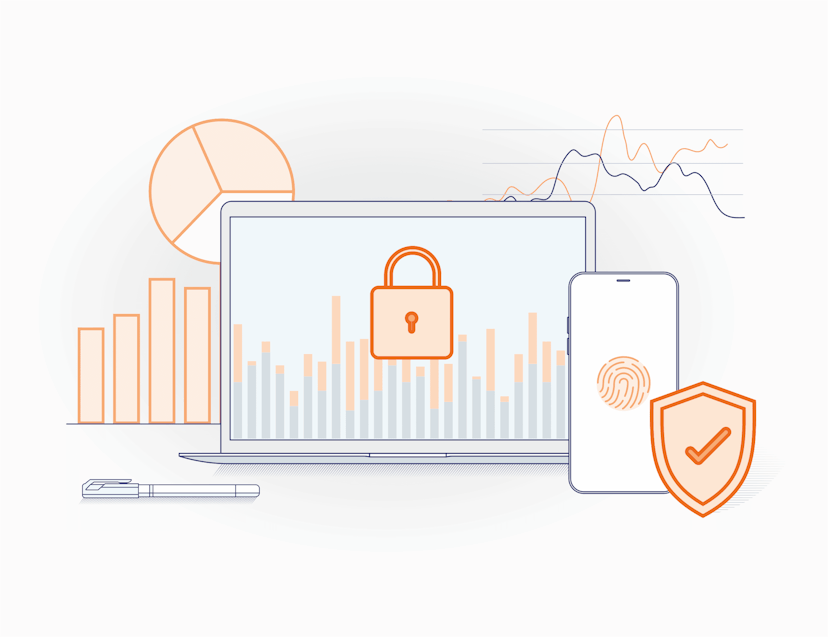Protect Digital Banking from Fraud
JuicyScore helps banks detect synthetic identities, account takeover attempts, and suspicious behavior — before fraudsters get through. Our privacy-friendly technology combines behavioral signals and device intelligence to strengthen security at every stage of the customer journey.
Book a Demo
Leaders Grow with JuicyScore









Customer Fraud Detection for Banks
Fraud threats often start early — during sign-up, KYC, or online interactions. Fake users, bots, device emulators, and data manipulation often go unnoticed until losses occur. JuicyScore helps banks act in real time, scoring users based on behavioral patterns, technical signals, and device reputation — with zero use of personal data. Detect anomalies, flag high-risk segments, and make informed decisions instantly.

Smarter Risk Signals. Less Manual Review
Detect synthetic users and fake accounts using device-level behavior
Prevent account takeovers with real-time session monitoring
Spot multi-accounting and linked devices at onboarding
Filter out high-risk traffic (VPNs, bots, emulators) without harming UX
Reduce fraud losses and improve decision automation — all privacy-first

Learn How It Works
Utilizing over 65,000 data points, JuicyScore generates highly predictive risk score models to detect fraud and assess risk in real time. Our output data vector includes device intelligence, user behavioral patterns, internet connection insights, and software data for precise decision-making. Protect your business with advanced fraud prevention while ensuring a seamless customer experience.
Learn more
Our Clients’ Success Stories
Related Articles
Discover Other Products
See How We Spot Fraud Before It Happens — Book Your Expert Session
See It in Action with a Real Expert
Get a live session with our specialist who will show how your business can detect fraud attempts in real time.
Explore Real Device Insights in Action
Learn how unique device fingerprints help you link returning users and separate real customers from fraudsters.
Understand Common Fraud Scenarios
Get insights into the main fraud tactics targeting your market — and see how to block them.
Our Contacts:
Phone:+971 50 371 9151
Email:[email protected]
Leading Brands Trust JuicyScore:
Get in touch with us
Our dedicated experts will reach out to you promptly









